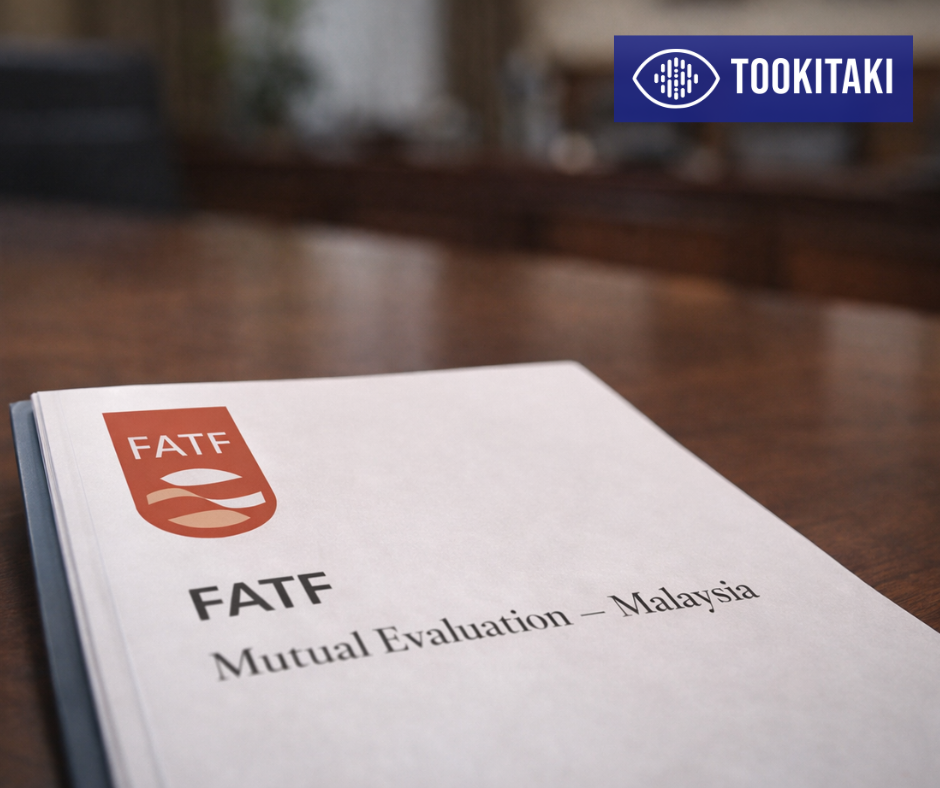Empowering Inclusion: Benefits of Digital Wallets in the Philippines
.svg)
Financial transactions are evolving in an increasingly digital world, making room for innovative, seamless, and secure solutions such as digital wallets. Digital wallets, also known as e-wallets, are electronic devices or online services that allow individuals to make electronic transactions. They can be part of a mobile payment system, enabling users to make payments with their smartphones or smartwatches, or they can be accessed via a desktop for online shopping. Besides storing credit or debit card information securely, digital wallets also store user data like shipping addresses, card details, and passwords for numerous payment methods and websites.
The digital wallet trend in the Philippines has caught on rapidly, driven by increased smartphone penetration, the need for financial inclusion, and a push towards a cashless society. An emerging market with a mostly unbanked population, the Philippines sees digital wallets as a means to bridge the gap between traditional banking services and the masses. This platform offers Filipinos a convenient way to make transactions. It provides them a gateway to financial services, including remittances, bill payments, mobile top-ups, online shopping, and even short-term loans.
As such, the digital wallet is more than just a trend in the Philippines—it's a financial revolution, opening up a world of opportunities for its users and playing a significant role in shaping the country's financial landscape.
{{cta-first}}
The Rise of Digital Wallets in the Philippines
Explanation of the Popularity of Digital Wallets in the Philippines
In the Philippines, digital wallets have become a dominant form of payment, overtaking even credit cards in terms of usage. They have quickly found favour among Filipinos thanks to their convenience, speed, and accessibility. Today, they are a common sight in the Philippines' urban and rural areas, with increasing users recognizing their benefits. E-wallets have facilitated seamless transactions, be it paying bills, sending remittances, or shopping online. They also offer a sense of security, as users don't have to carry large sums of cash. Moreover, the COVID-19 pandemic has accelerated the use of digital wallets as people turned to cashless transactions to maintain social distancing.
%2520(1).webp)
Successful Digital Wallet Use in the Philippines
The success of digital wallets in the Philippines can be seen in the rising usage statistics and the diversity of available platforms. In 2017, the country had nearly 9 million registered e-wallet accounts. This number grew three-fold by 2020, and it's projected to reach 75.5 million by 2025. Platforms such as GCash and PayMaya are leading the charge, becoming ubiquitous on Filipino smartphones. GCash, operated by Mynt, has over 40 million users as of 2023 and offers a full suite of financial services ranging from payments to loans. Its innovative features, like GCredit, which acts as a credit line for users, and GSave, a savings account within the app, have revolutionized the way Filipinos approach personal finance.
PayMaya, on the other hand, operated by Voyager Innovations, has also seen significant growth. It has launched innovative features like PayMaya Negosyo, which allows users to accept payments in their stores through the app, and Smart Padala, a remittance service reaching even the country's most remote areas. These platforms' success stories underline digital wallets' positive impact and potential in the Philippines.
Benefits of Digital Wallets
Convenience and Ease of Use
One of the primary benefits of digital wallets is the convenience they offer. Digital wallets allow users to carry out a variety of financial transactions - such as payments, transfers, and even savings - all from their smartphones. This translates to time saved from going to physical stores or banks and the ease of doing transactions anytime, anywhere. Furthermore, the user-friendly interfaces of most digital wallet apps make it easy for anyone, even those with minimal tech-savvy, to navigate and use them.
Security and Fraud Prevention
Digital wallets also provide an additional layer of security for financial transactions. They often employ advanced encryption technologies to protect users' financial information, reducing the risk of data breaches. Some digital wallets offer features such as biometric authentication, adding another security layer. Transactions through digital wallets also leave a digital trail, making tracking and detecting fraudulent activities easier.
Accessibility and Financial Inclusion
Perhaps one of the most significant benefits of digital wallets is their role in promoting financial inclusion. In countries like the Philippines, where a large portion of the population remains unbanked, digital wallets provide an accessible means to participate in the financial system. They provide a platform for people to conduct transactions, save money, and even access credit facilities. Digital wallets, therefore, play a vital role in bridging the financial divide, empowering more people to participate in the economy and improving their financial well-being.
Challenges Faced by Digital Wallet Providers
Regulatory Hurdles
The innovative nature of digital wallets often presents a challenge in terms of regulatory compliance. Digital wallet providers must navigate a complex landscape of financial regulations, which can differ significantly from one jurisdiction to another. These regulations may pertain to licensing, data protection, anti-money laundering, and counter-terrorism financing, among others. Compliance can be costly and time-consuming, particularly for start-ups and smaller companies.
{{cta-casestudy}}
Security and Privacy Concerns
While digital wallets offer enhanced security features, they are not entirely immune to risks. Cyber attacks, data breaches, and fraudulent activities are always the potential threat. Ensuring the security and privacy of users' personal and financial data is a constant challenge for digital wallet providers. It requires continuous investment in advanced security measures and technologies to stay ahead of potential threats.
User Trust and Adoption
Building trust among potential users is another significant challenge. Many people are still hesitant to adopt digital wallets due to concerns about their reliability and money safety. Overcoming these concerns requires digital wallet providers to demonstrate their platforms' reliability and security continually. Moreover, they must also strive to improve the user experience, offer superior customer service, and educate potential users about the benefits of using digital wallets.
Financial Crime Threats
Digital wallets, like other financial platforms, are susceptible to financial crimes such as money laundering and terrorist financing. Digital wallet providers must have robust systems to detect and prevent these activities. This includes implementing effective Know Your Customer (KYC) procedures, monitoring transactions for suspicious activities, and reporting any suspicious activities to the relevant authorities. However, implementing these measures can be challenging due to the anonymous nature of digital transactions and the speed at which they occur.
How Tookitaki Assists E-Wallet Providers
An Overview of Tookitaki's AML Suite
Tookitaki’s Anti-Money Laundering (AML) Suite is a comprehensive solution that helps e-wallet providers to ensure regulatory compliance, manage risks, and protect their platforms from financial crimes.
The Transaction Monitoring module of the AML Suite allows e-wallet providers to monitor transactions, identify suspicious activities, and generate high-quality alerts. The module helps in reducing false positives and enhances the detection of complex money laundering patterns.
The Smart Screening module aids in conducting thorough customer due diligence by screening customers against various watchlists, PEP lists, and adverse media. It helps identify high-risk customers, ensure compliance with KYC requirements, and manage reputational risk.
Dynamic Risk Scoring module allows e-wallet providers to assess and manage the risk profile of their customers dynamically. It takes into account various risk factors, including customer behaviour and transaction patterns, to provide a more accurate and timely risk score.
Finally, the Case Manager module is designed to manage alerts efficiently and ensure a seamless investigation process. It provides a centralized platform for investigators to review alerts, collect evidence, document findings, and report suspicious activities.
Benefits of Using Tookitaki's Solutions for E-Wallet Providers
Tookitaki's solutions offer numerous benefits for e-wallet providers.
- Firstly, they enhance compliance with AML regulations, reducing the risk of penalties and reputational damage. The solutions are designed to adapt to the evolving regulatory landscape, ensuring that e-wallet providers stay compliant.
- Secondly, they improve the efficiency and effectiveness of AML processes. By automating various tasks and applying machine learning, Tookitaki's solutions help reduce manual work, enhance accuracy, and speed up decision-making.
- Thirdly, they improve risk management. With dynamic risk scoring and transaction monitoring, e-wallet providers can proactively manage their risk and prevent financial crimes.
- Finally, Tookitaki's solutions provide a better user experience. By reducing false positives, they ensure that legitimate transactions are not unnecessarily disrupted, enhancing customer satisfaction.
Overall, Tookitaki's AML Suite provides a comprehensive, efficient, and effective solution for e-wallet providers to manage their AML compliance and protect their platforms from financial crimes.
{{cta('4c2ad0c5-175e-43bf-a725-d9bf86fec0f9','justifycenter')}}
Wrapping Up and Looking Ahead
As we've explored, digital wallets have revolutionized financial transactions in the Philippines, offering convenience, security, and financial inclusion. However, like any financial service, they face challenges - regulatory compliance, security, user adoption, and financial crime threats being key among them. This is where Tookitaki steps in. With its comprehensive AML Suite, Tookitaki assists e-wallet providers in mitigating risks, ensuring regulatory compliance, and enhancing user experience, all while staying ahead of financial criminals.
The future of digital wallets in the Philippines looks bright, powered by increasing internet penetration, a young and tech-savvy population, and supportive government initiatives. As the country strides towards becoming a cash-lite society, we can expect to see more innovative services, greater integration with other financial products, and enhanced user experience in the digital wallet space.
To all e-wallet providers in the Philippines, we invite you to experience the difference that Tookitaki's solutions can make in managing your AML compliance and safeguarding your platform. Book a demo of our AML Suite today and join us in making financial transactions safer, smoother, and more efficient. Let's shape the future of digital wallets in the Philippines together.
Experience the most intelligent AML and fraud prevention platform
Experience the most intelligent AML and fraud prevention platform
Experience the most intelligent AML and fraud prevention platform
Top AML Scenarios in ASEAN

The Role of AML Software in Compliance









